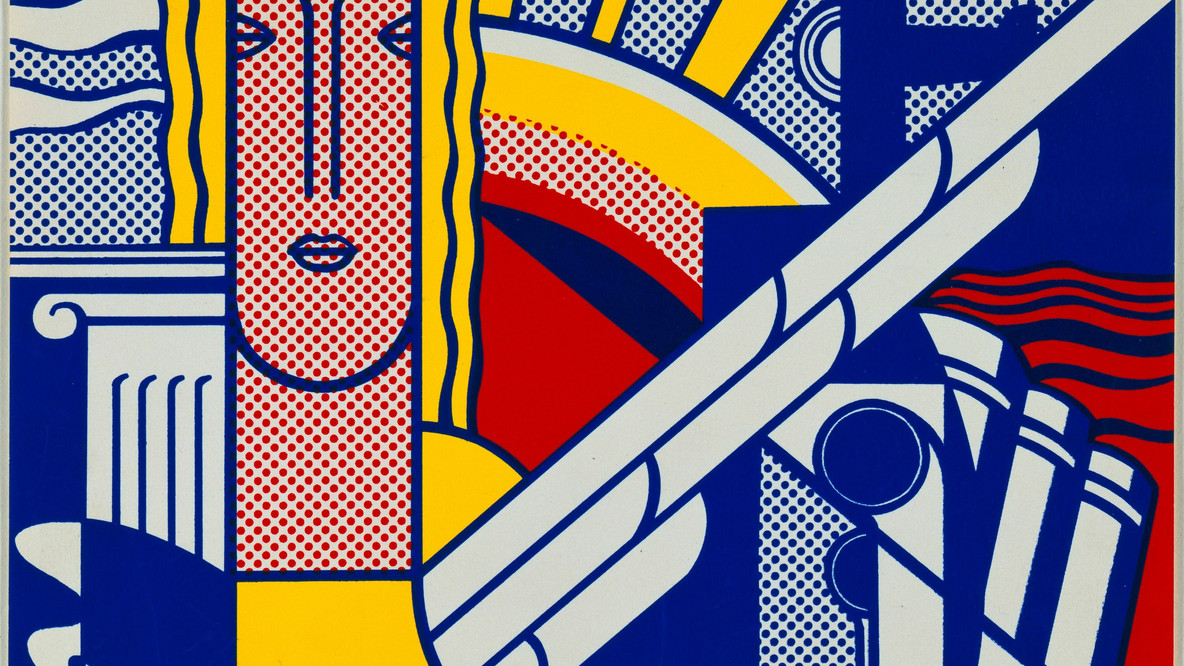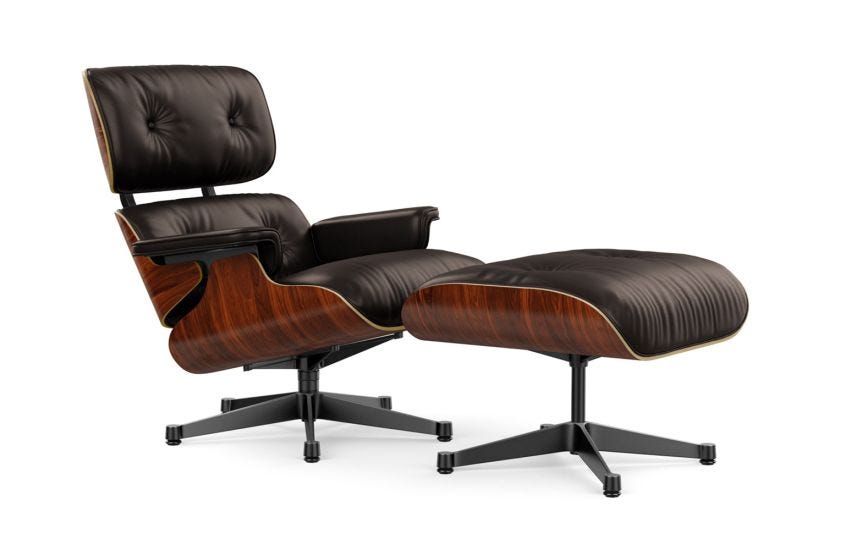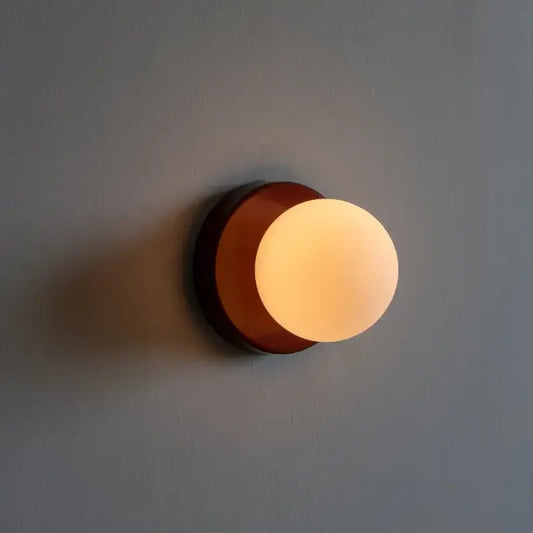
70s interior design
|
|
Time to read 3 min

Discover new arrivals in modern lighting, home decor, and Scandinavian design—updated weekly...
|
|
Time to read 3 min
Natural materials played a major role in 70s interior design, and designers often used them in their raw, unadorned state. Wood was a popular choice for furniture, flooring, and paneling, while stone was used for walls and floors in many homes. Leather, suede, and fur were also common materials used in furniture and accessories.
Earthy colors were another defining feature of 70s interior design, and designers used them in both bold and subtle ways. Avocado green, mustard yellow, burnt orange, and brown were popular choices for upholstery, walls, and accessories. These colors were often used in combination with one another to create a warm and inviting atmosphere.
Geometric patterns were a major trend in 70s interior design, and they were often used to add visual interest to walls, floors, and furniture. Bold and graphic stripes, chevrons, and hexagons were popular choices, as were abstract and organic shapes.
Lighting played a major role in 70s interior design, and designers experimented with a wide range of fixtures. Chandeliers made of metal and glass were popular choices, as were pendant lights with sculptural shapes. Floor lamps and table lamps with curved or abstract shapes were also popular, and often served as statement pieces in a room.

Pop art had a major influence on 70s interior design, and designers often incorporated bright and colorful pieces of art into their spaces. Andy Warhol and Roy Lichtenstein were two of the most influential artists of the era, and their work was often used as inspiration for interior design. Bold and colorful posters, prints, and paintings were also popular choices.
Comfortable seating was a top priority in 70s interior design, and designers created cozy and inviting seating options. Plush sofas and armchairs with soft upholstery were popular choices, as were beanbag chairs and floor cushions. Hammocks and hanging chairs were also popular choices for outdoor spaces.
Retro & kitsch accessories
Retro and ofter kitsch accessories were a key part of 70s interior design, and designers often incorporated items such as lava lamps, record players, and rotary phones into their spaces. These accessories added a playful and nostalgic touch to the decor. Other popular accessories included macramé wall hangings, shag rugs, and plants in macramé hangers.
 The Eames lounge chair and ottoman is one of the most iconic pieces of 70s furniture, and it remains popular today. Designed by Charles and Ray Eames in 1956, the chair features a sleek and modern design with comfortable leather upholstery. The Sacco beanbag chair, designed by Piero Gatti, Cesare Paolini, and Franco Teodoro in 1968, became an icon of 70s interior design with its soft and comfortable design.
The Eames lounge chair and ottoman is one of the most iconic pieces of 70s furniture, and it remains popular today. Designed by Charles and Ray Eames in 1956, the chair features a sleek and modern design with comfortable leather upholstery. The Sacco beanbag chair, designed by Piero Gatti, Cesare Paolini, and Franco Teodoro in 1968, became an icon of 70s interior design with its soft and comfortable design.

Another iconic 70s interior design object was the Nesso table lamp, designed by Giancarlo Mattioli and Gruppo Architetti Urbanisti Città Nuova. The lamp featured a sculptural mushroom-shaped design that was both functional and artistic. Other iconic 70s furniture pieces include the Togo sofa by Michel Ducaroy, which was designed to be both comfortable and stylish, and the Bubble Chair by Eero Aarnio, which was a statement piece that added a playful touch to any space.
Learn more by reading our “Enhancing Your Living Space: The Importance of Interior Design” article.
Like our Magazine? You will like our store even more with all its curated homeware, modern lighting, kitchen utensils and Wall Art. We also recommend that you sign up to our newsletter or follow us on social media to find out about our news article releases, promotions and discount codes.

